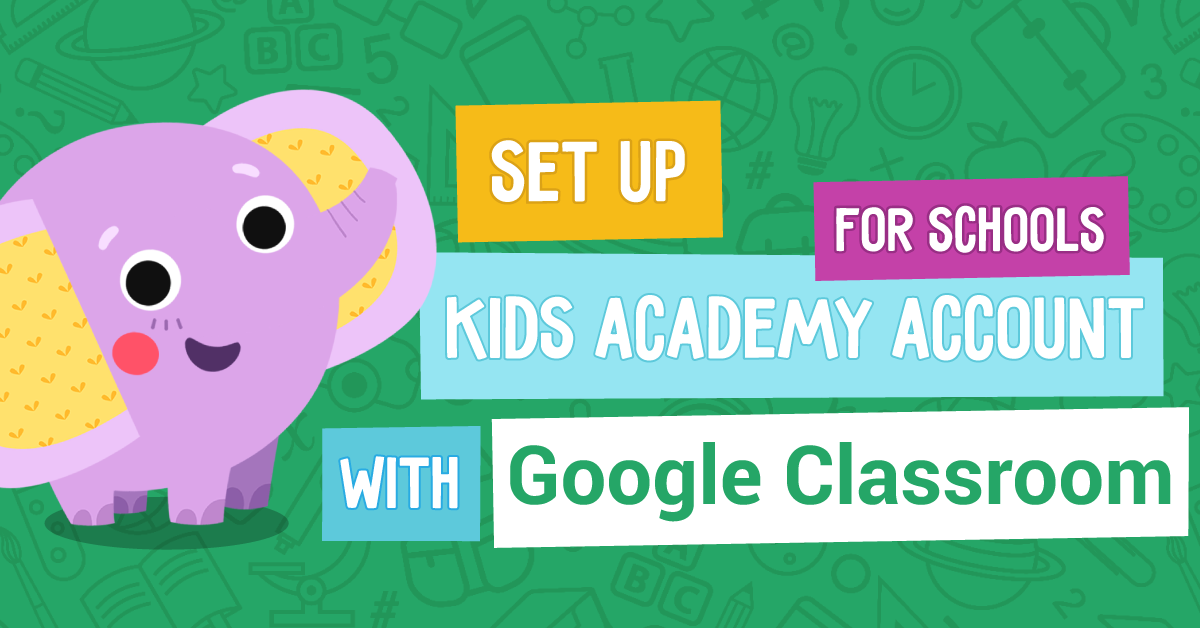Animal recognition Reading Worksheets for Ages 3-7
5 filtered results
-
From - To
Discover a vibrant collection of Animal Recognition Reading Worksheets designed for children aged 3 to 7! These engaging worksheets foster early literacy skills while introducing young learners to various animals. Ideal for home or classroom use, our printable activities stimulate curiosity and enhance vocabulary through fun and interactive tasks. Children will love exploring colorful images and participating in matching, coloring, and identification exercises that make learning enjoyable. Perfect for supporting foundational reading skills and encouraging a love of reading, our worksheets are crafted to create memorable learning experiences. Explore our resources today and watch your young learners thrive!
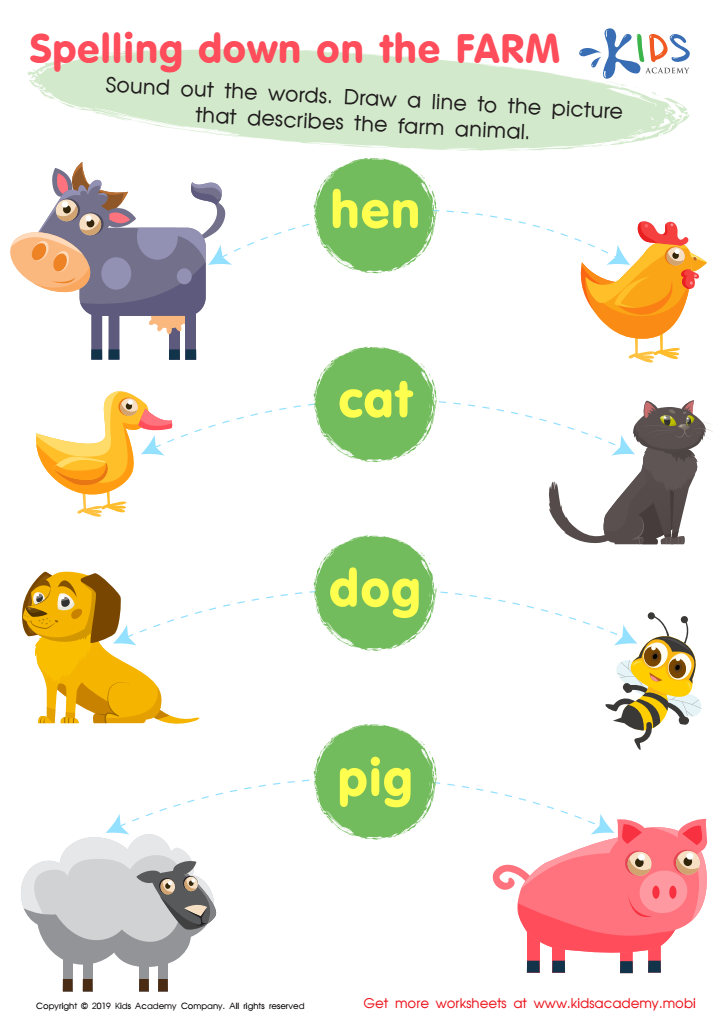

Spelling Down on the Farm Worksheet
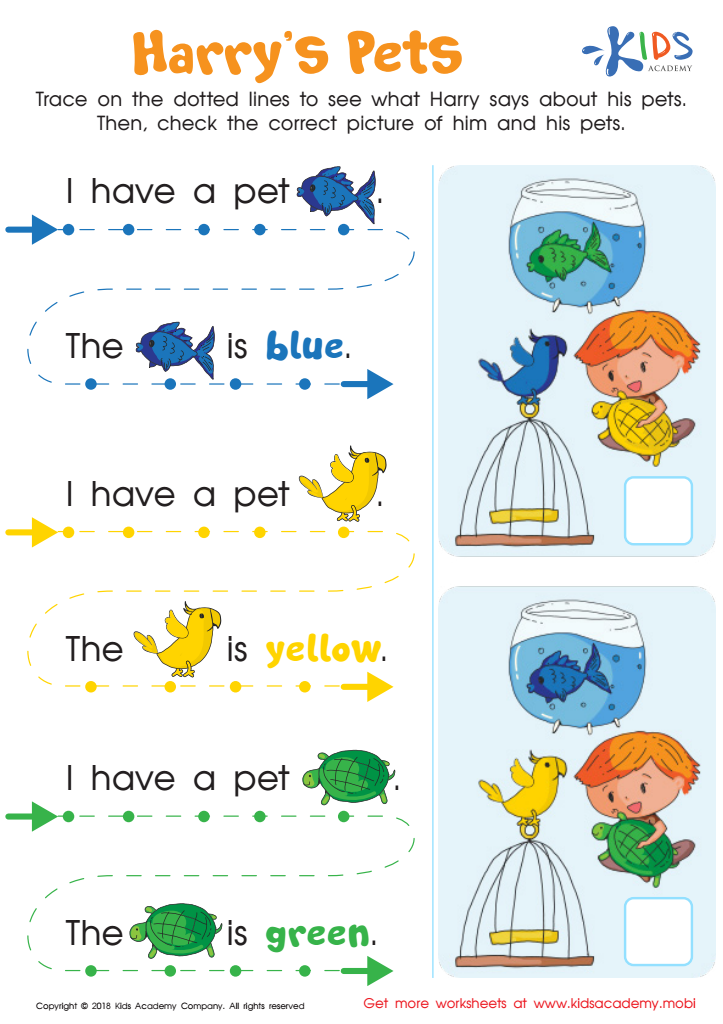

Read from Left to Right: Harry's Pets Worksheet
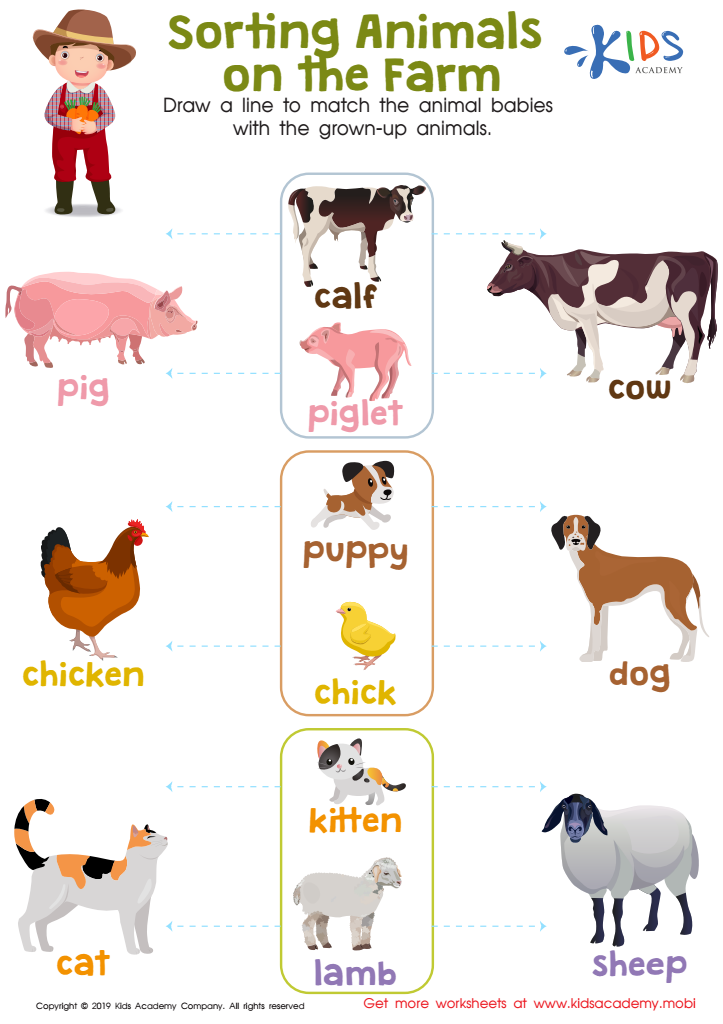

Sorting Animals on the Farm Worksheet
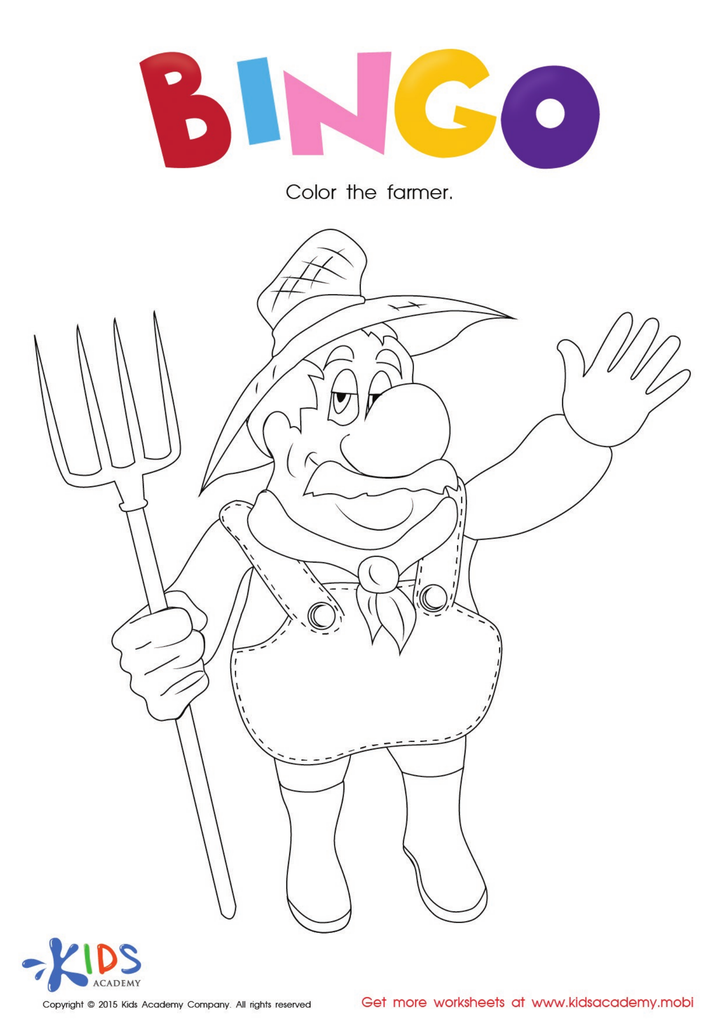

The Bingo Song: Coloring The Farmer Worksheet
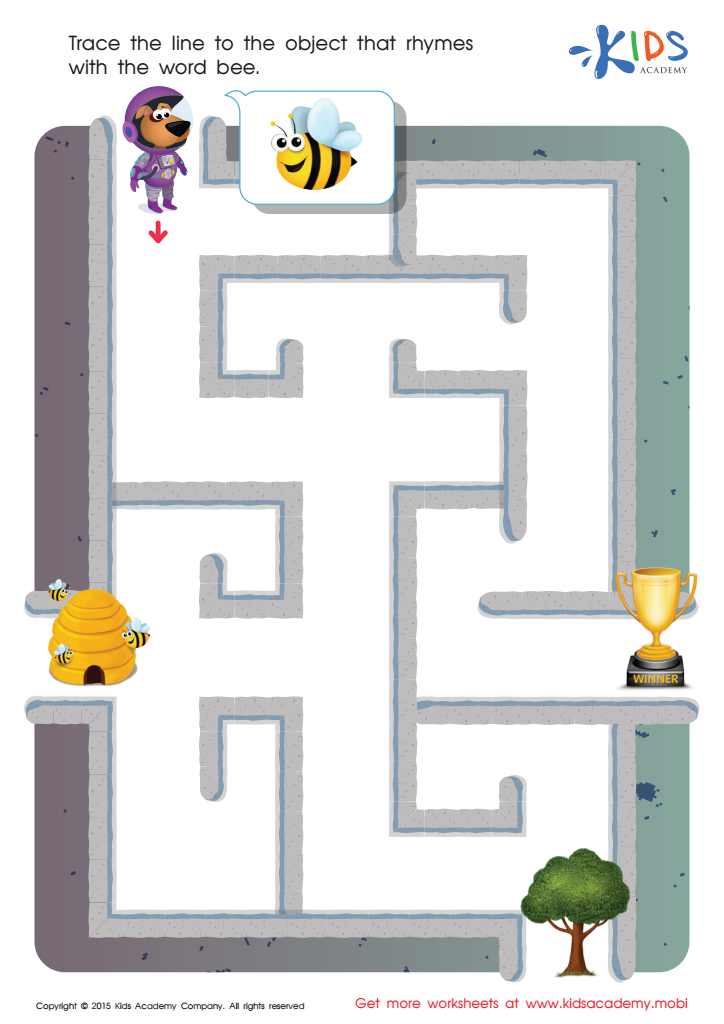

Bee Rhyming Words Worksheet
Animal recognition reading for ages 3-7 is vital for young children's cognitive and emotional development. At this stage, children are naturally curious about the world around them, and animals are an integral part of it. Such reading activities help cultivate their understanding of various animal species, their characteristics, and habitats. This knowledge nurtures curiosity, stimulates imagination, and fosters a connection to nature.
Parents and teachers should prioritize animal recognition reading because it enhances literacy skills. As children learn to identify different animals, they also learn new vocabulary and sentence structures, thus improving their reading and comprehension abilities. Engaging with stories featuring animals often includes rhythm, rhymes, and repetition, which are essential for language development.
Moreover, these books can serve as tools for teaching empathy and compassion. By learning about animal behaviors, children can better understand emotions and care for living beings. Promoting awareness and responsibility toward animals can also encourage environmentally conscious behaviors as they grow.
In summary, animal recognition reading offers educational benefits while fostering emotional intelligence, curiosity, and a sense of responsibility towards the environment, making it an essential pursuit for both parents and educators.

 Assign to My Students
Assign to My Students





.jpg)




